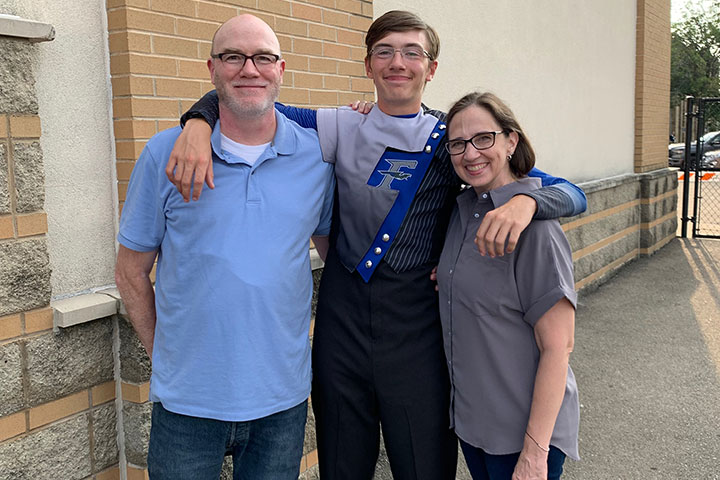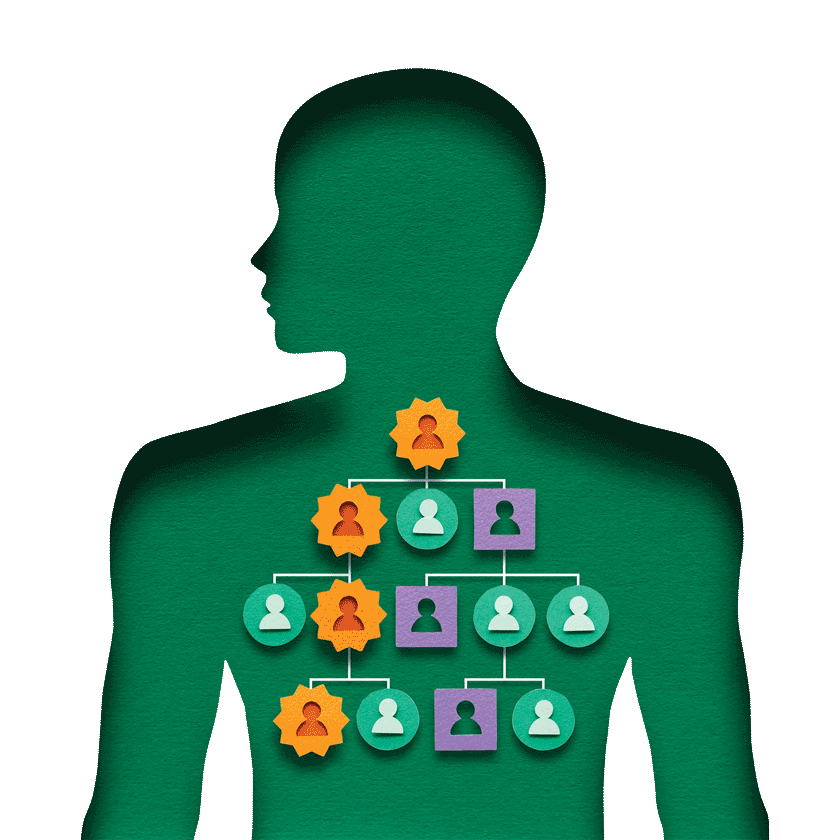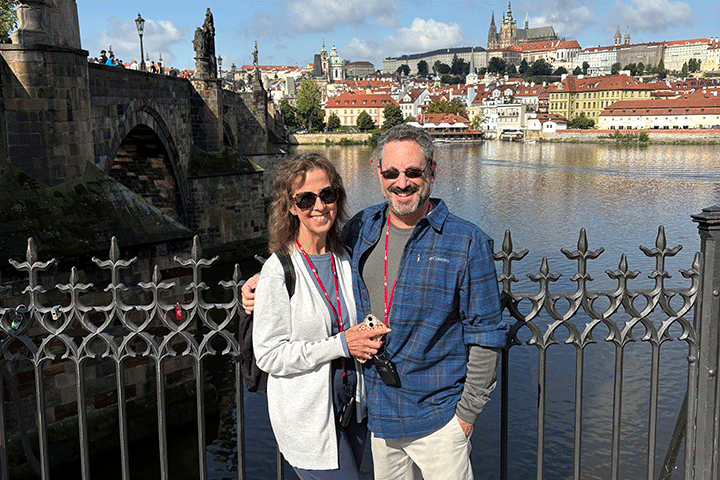No One Fights Alone

- Itchy skin, abnormal bowels, and distended gallbladder lead to diagnosis
- Family history was my only known risk factor
- Whipple procedure and chemotherapy
- Blogging was therapeutic
In February 2021, at the age of 50, I was experiencing bouts of nausea, fatigue, darkened pee, light-colored bowels, and itchy skin.
I did what most people would do in today’s world: I Googled my symptoms. The results suggested many possible causes, including liver disease, hepatitis, and cancer. They also recommended that I consult my physician. So I did.
Tests, Tests, and More Tests
After an ultrasound showed that I had a distended gallbladder, my doctor sent me to a surgeon to have it removed. The surgeon, however, didn’t think my gallbladder was the problem. He ordered an MRI and while I already had an appointment with my gastroenterologist, Dr. Urmee Siraj, that appointment was three weeks out. The surgeon helped me get an earlier appointment with Dr. Siraj.
The MRI showed that I had a mass at the head of my pancreas, which was blocking my bile duct and likely causing all of my symptoms. Dr. Siraj ordered an electronic ultrasound (EUS) and endoscopic retrograde cholangiopancreatography (ERCP) to get a better understanding of the mass. She also referred me to surgical oncologist Dr. James Ouellette (at Premier Health), the go-to guy in Dayton, Ohio, for anything and everything related to the pancreas.
The EUS and ERCP were performed by Dr. Mustafa Musleh. He was able to successfully biopsy the mass. Unfortunately, the blockage didn’t allow him to insert a stent in my bile duct, which was necessary to remove the excess bile from my system. Instead I was admitted to Miami Valley Hospital in Dayton to receive a biliary drain.
Still No Diagnosis
While I was in the hospital waiting to get the drain, I met with Dr. Ouellette, who mentioned the Whipple procedure to me. Medical oncologist Dr. Ketan Shah also spoke to me about planning for chemo once we knew the test results. I still had not been officially diagnosed at this point.
Dr. Robert Tyrrell from the diagnostic radiology and interventional radiology team inserted the biliary drain. It was a flexible tube with small holes that connected my liver to an external pouch that hung from my belly to collect the bile. Wearing the drain was its own adventure and a topic that I covered in my blog. But that’s another story!
A Family History
It was the evening of March 24, 2021, when Dr. Mustafa delivered the results of the biopsy and finally gave me a diagnosis: I had pancreatic adenocarcinoma. It was not what I wanted to hear. But it also wasn’t a huge surprise because my grandfather and one of his brothers both had it. It turns out that family history was my only known risk factor. Genetic testing results showed I had no known mutations.
I threw my hat in the ring for a clinical trial but was rejected because the tumor was too close to a vein. My medical team and I decided that surgery and chemo would be the best path for me.
Whipple and Chemotherapy
I had the Whipple procedure on April 27, 2021, at Miami Valley Hospital. The post-surgical biopsy showed clear margins around the tumor. Of the 15 lymph nodes that were removed, only two had cancer cells. As a result, I was further diagnosed as stage IIb and the plan to follow up with chemotherapy continued.
Under the guidance of Dr. Shah, I had six four-week cycles of gemcitabine and capecitabine. Nausea was the worst side effect for me. I also had fatigue and lost about a third of my hair. At one point I had hand-foot syndrome, a common and painful side effect of some chemotherapies. This made walking very painful. I kept Dr. Shah informed of my symptoms and he adjusted my treatment to reduce the side effects. This gave me a positive quality of life throughout the process.
Tears of Joy
My first abdominal and chest scans after chemo were on December 8, 2021. I cried tears of joy and relief when I read the results: no evidence of recurrent or metastatic disease! It is now May 2023, and it’s been just over two years since I was officially diagnosed. I continue to have clear scans.
Blogging About My Journey
After I received my diagnosis, I wanted to let my friends know what was going on. But I didn’t have the energy to keep repeating myself. I decided to blog about my experience. Writing about pancreatic cancer was difficult, but it ended up being easier than talking about it.
I also found that reading other survivor stories, like the ones published on Let’s Win Pancreatic Cancer, made me realize that I was not the only one dealing with it. I wasn’t fighting alone. Stories from other survivors gave me hope and I wanted to do the same for other people.
Throughout all of this, I have had an amazing support system in my family and friends, in addition to amazing doctors and medical staff. I encourage anyone battling pancreatic cancer to reach out for support, be it from loved ones, medical staff, online groups, or a counselor. And even if support feels out of reach, there are enough of us survivors who hold fellow pancreatic cancer warriors in our hearts so that no one fights alone.






